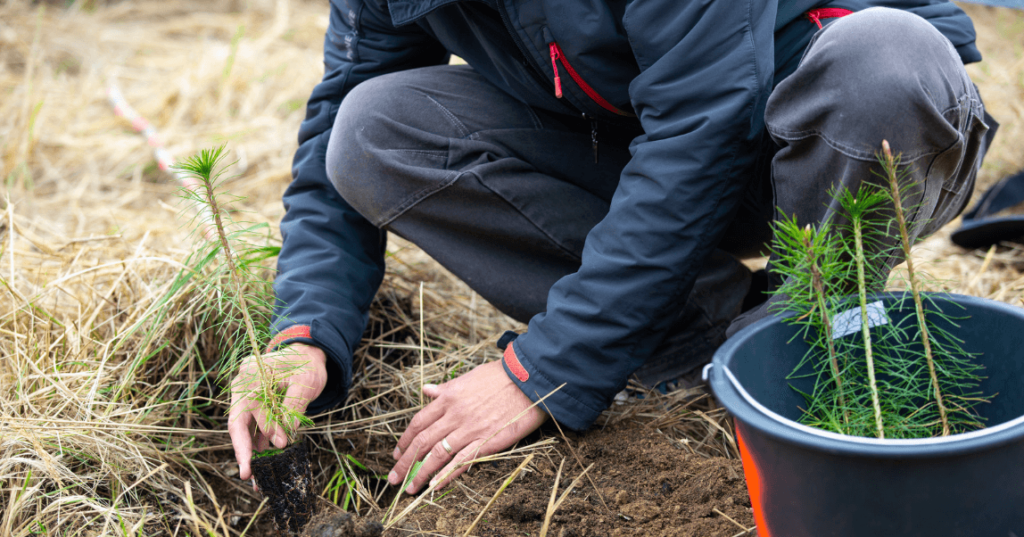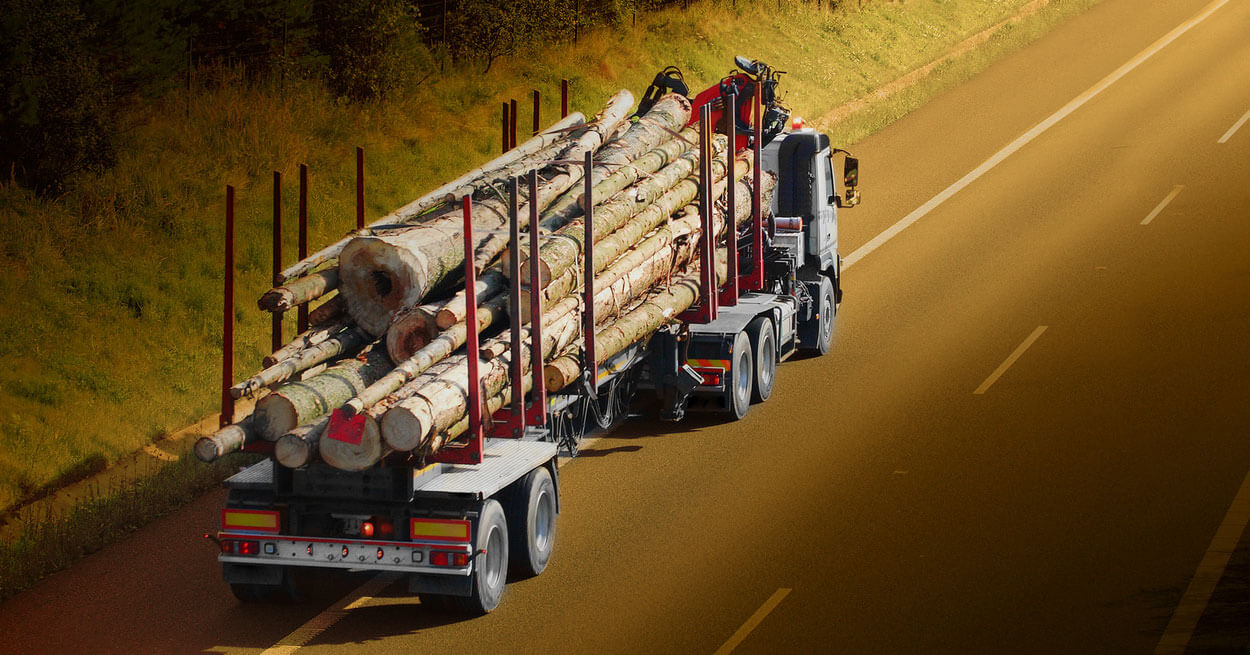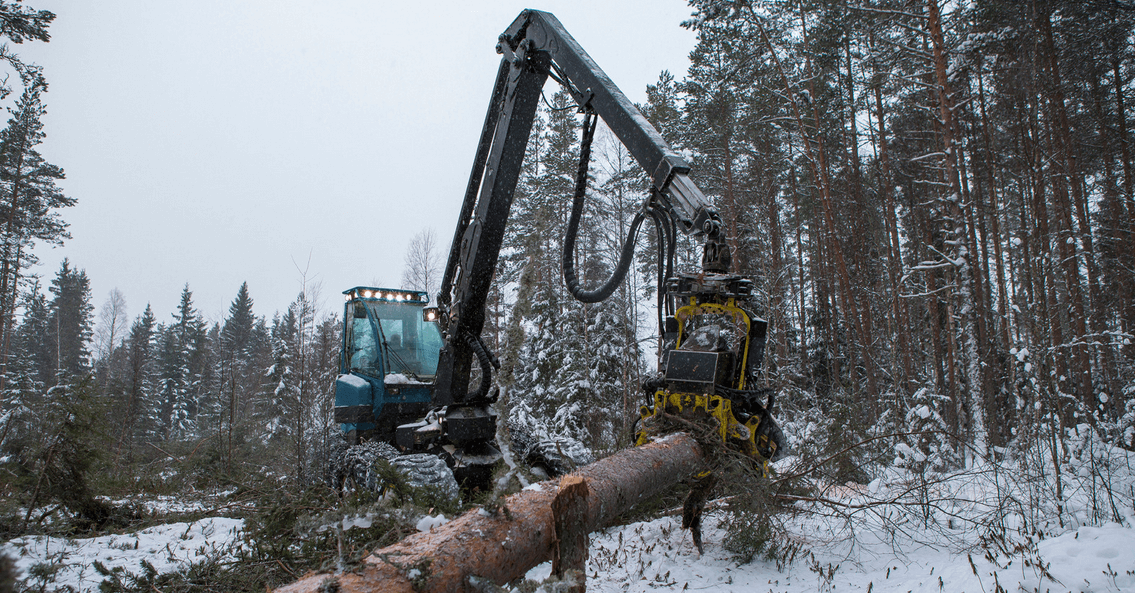The logging industry, an integral part of human civilization, has witnessed a fascinating evolution, its roots tracing back to early human history. Hailed as one of the oldest professions, logging has served numerous societies by providing wood – a versatile and widely used resource. From building homes, tools, and ships to its use as fuel and furniture, the world’s dependence on wood has shaped the trajectory of the logging industry. This article will not only delve into the captivating history of logging but also draw comparisons between traditional and modern logging practices, illustrating how the industry has adapted to changing times and needs. Get ready to explore an often overlooked yet immensely significant chapter of our shared history.
Historical Overview of Logging
In ancient times, logging was a labour-intensive process using manual tools such as axes and saws. Men would venture into the woods, armed with nothing more than muscle and steel, to fell towering trees. The timber was then processed into usable forms, all by imprecise and strenuous manual labour.
Wood served a crucial role in the societal fabric of ancient civilizations. It was the backbone of construction, providing the framework for homes and structures of all kinds. Wood also fueled fires for warmth and cooking, a necessity in the pre-electricity era. Beyond the domestic realm, wood was instrumental in tool-making, serving as handles for stone-tipped weapons and aiding in the creation of early farming implements.
The challenges faced by the early logging industry were numerous. The physical demands of the work, coupled with the rudimentary technology of the time, made logging a daunting task. Transporting the felled wood was another significant challenge, often requiring animals or waterways to move the heavy logs to their destinations. Despite these obstacles, the industry persevered, ever-driven by the insatiable demand for this versatile material.
The Industrial Revolution and Its Impact on Logging
The Industrial Revolution heralded a significant turning point for the logging industry, drastically reshaping its structure and operations. This period was characterized by the introducing of steam-powered machinery, a groundbreaking innovation that revolutionized the industry. Steam power eased the previously labour-intensive task of felling trees, increasing efficiency and output. The advent of steam-powered saws meant that trees could be cut and processed faster and more accurately than ever before.
This era also marked the rise of sawmills, which became pivotal in the industry’s evolution. These establishments leveraged the power of the steam engine to mass-produce timber, meeting the skyrocketing demand for wood during the burgeoning industrial age. Sawmills transformed the logging industry from a labour-dependent venture to a mechanized powerhouse, increasing production rates exponentially.
The Industrial Revolution undoubtedly changed the scale and scope of logging operations. The combination of steam power and sawmills allowed the industry to keep pace with the rapidly growing demand for wood in various applications, from construction to manufacturing. This period laid the foundation for the modern logging industry, shaping its trajectory and setting the stage for future advancements.
Twentieth-Century Advancement
As we moved into the twentieth century, the logging industry underwent another significant transformation with the advent of internal combustion engines and heavy machinery. This marked a departure from the steam-powered machinery of the Industrial Revolution to more versatile, mobile, and efficient tools and equipment.
The introduction of the internal combustion engine was a game-changer for the industry, leading to the development of heavy machinery specifically designed for logging tasks. This included feller bunchers, powerful machines capable of quickly and efficiently cutting down trees; skidders, which proved instrumental in dragging or transporting felled logs from the forest to the logging sites; and harvesters, highly advanced machines that could fell a tree, delimb it, and cut it into specified lengths, all in one operation.
These innovative machines transformed the logging industry, leading to a substantial increase in productivity. Tasks that required numerous loggers and several hours could now be accomplished by a single machine operator in a fraction of the time. Furthermore, these advancements significantly improved safety. By replacing manual tasks with machinery, the industry minimized the risk of injuries related to felling trees and handling heavy logs.
The twentieth century, therefore, marked a pivotal stage in the evolution of the logging industry. The introduction of internal combustion engines and the development of feller bunchers, skidders, and harvesters ushered in an era of modern logging. This era was characterized by increased productivity and a heightened emphasis on safety, establishing the foundations of today’s robust, efficient, and safety-conscious industry.
Environmental Awareness and Sustainable Practices
The latter half of the 20th century saw a significant shift in global consciousness regarding environmental issues. This growing environmental awareness had profound implications on industries worldwide, and logging was no exception. A realization that indiscriminate logging could lead to deforestation and biodiversity loss prompted the need for sustainable forestry.
Sustainable logging practices started gaining traction, emphasizing the balance between meeting the world’s demand for wood and maintaining the health and biodiversity of forests. Techniques such as selective logging, where only certain trees are harvested, and clear-cutting in small patches to mimic natural disturbances, began to be implemented. These practices aimed to minimize the impact on the ecosystem and promote forest regeneration.

Certifications and Regulations: Ensuring Responsible Forestry
In response to environmental concerns, several certifications and regulations have been introduced to ensure responsible forestry. Certifications ensure that wood products come from responsibly managed forests that provide environmental, social, and economic benefits.
Moreover, laws and regulations were enacted to control logging activities. These ranged from quotas for logging amounts to mandates for replanting and restrictions on logging in certain high-biodiversity areas. Illegal logging was cracked down upon in many countries, and stringent penalties were implemented.
The rise of environmental consciousness and the subsequent implementation of sustainable practices, certifications, and regulations have greatly influenced the logging industry. It has paved the way for responsible forestry, ensuring that the valuable resource of wood is available for future generations while also conserving our invaluable forests and the diverse life they support.
The Incorporation of Modern Technologies
The 21st century ushered in a new era for the logging industry, defined by technological advancements and a shift towards precision logging and efficient resource management. Record-keeping transitioned from paper-based methods to digital systems, providing easier access to information and enhancing overall operational efficiency.
One significant technological integration within the industry has been the Global Positioning System (GPS). GPS technology is widely used to map forest terrain, plan logging routes and provide precise measurements for the felling and cutting process. This technology allows for efficient navigation through dense forest areas and ensures the accuracy of operations, reducing wastage and promoting sustainable practices.
Moreover, the incorporation of advanced machinery has transformed logging tasks. Automated machines equipped with high-precision sensors and advanced software are being increasingly utilized. These machines can perform various tasks such as felling, delimbing, and cutting with exceptional accuracy and efficiency. As a result, the industry has seen a significant reduction in manual labour, increased productivity, and improved safety conditions.
The Role of Data Optimizing in Logging
In the modern logging industry, data plays a pivotal role. As technologies become more advanced, the volume of data generated during logging operations has increased exponentially. When properly managed and analyzed, this data provides valuable insights into optimizing operations.
Data analytics tools are used to monitor and analyze various metrics, including the health of machinery, productivity rates, and environmental impact. These insights can help identify inefficiencies, forecast trends, and make informed decisions that optimize operations while minimizing environmental impact. In essence, data-driven decision-making has become integral to the logging industry, fostering a culture of continuous improvement and sustainability.
In conclusion, the modern logging industry is characterized by its integration of advanced technologies and data-driven practices. It continually evolves to incorporate new advancements, striving for increased productivity, efficiency, and sustainability. This commitment to innovation and sustainability ensures that the industry remains resilient and relevant in changing global landscapes.
Challenges and Opportunities in the 21st Century
The logging industry in the 21st century is confronted with the delicate task of balancing economic needs with environmental conservation. With the ever-increasing global demand for wood and paper products, sustainable forest management has become more critical. The challenge lies in supplying these essential materials without depleting the planet’s forest resources or causing irreversible harm to biodiversity and the climate.
However, with challenges come opportunities. The industry has been quick to harness innovations that offer prospects for a more sustainable future. One such innovation is the deployment of LiDAR (Light Detection and Ranging) technology, which allows for precise mapping and measurement of forests. This technology can help optimize logging practices by identifying the most suitable trees for harvesting while preserving the forest structure.
Forestry drone technology also presents a significant opportunity. Drones can survey large forest areas quickly and accurately, identifying diseased or pest-infected trees that need removal and supporting efficient replanting strategies.
Looking towards the future, the logging industry must continue to adapt and innovate. Embracing digital transformation, harnessing the power of data, and investing in research and development will be crucial for thriving in this new era. As the industry moves forward, its ability to balance economic profitability with environmental sustainability will be the key to its long-term success and resilience.
Technological Innovations on the Horizon
The logging industry is set to experience substantial changes with the integration of advanced technologies:
- Automation: Automation will become more prevalent, with automated machinery and robots performing complex logging tasks. This will increase productivity and improve safety by minimizing human interaction with potentially hazardous machinery.
- Drones: Drones are increasingly useful for surveying forest areas and identifying diseased or pest-infected trees. Future technology could equip drones to disperse seeds for reforestation efforts and monitor the progress of these newly planted areas.
- Artificial Intelligence (AI): AI and Machine Learning (ML) will be critical in processing and analyzing data from logging operations. AI can be combined with drones and other machinery to streamline operations, reduce waste, and minimize environmental impact.
Reflecting on The Evolution of Logging
The logging industry has undergone a remarkable transformation over the years, evolving from rudimentary methods to sophisticated, data-driven operations, all while keeping sustainability at its core. This evolution signifies the industry’s adaptability and determination to balance the ongoing demands of industrial growth with environmental preservation.
In the contemporary world, the logging industry plays a pivotal role in the global economy, providing essential raw materials for various sectors. Nevertheless, with the growing realization of our planet’s finite resources and the increasing threat of climate change, the industry finds itself at the crossroads of economic demands and ecological stewardship.
It is clear that despite the numerous advancements and sustainable practices already in place, the need for a balanced approach is more pressing than ever. The ongoing challenge lies in fulfilling the world’s increasing demand for wood products while ensuring our forests’ longevity and preserving biodiversity.
Hence, the industry must pursue innovative practices and technologies, continuously striving for operational efficiency and ecological equilibrium. As we move forward, the central role of the logging industry will not only lie in the provision of essential resources but also, more importantly, in its ability to uphold and promote sustainable practices that ensure the health and well-being of our planet.
At San Forestry, we are dedicated to meeting our clients’ needs with specialized services. Our primary services – harvesting and hauling – are performed with care and expertise, ensuring sustainable and efficient timber extraction. For moving large machinery, our low-bedding services are unmatched. Our experienced team is equipped to handle any task, prioritizing equipment safety and security.
We also offer private wood services for homeowners, business owners, or landowners. Whether you need to bunch, skid, delimb, or haul wood, our expert team is here to help keep your property looking its best.
Contact us today to learn more or schedule your service.




